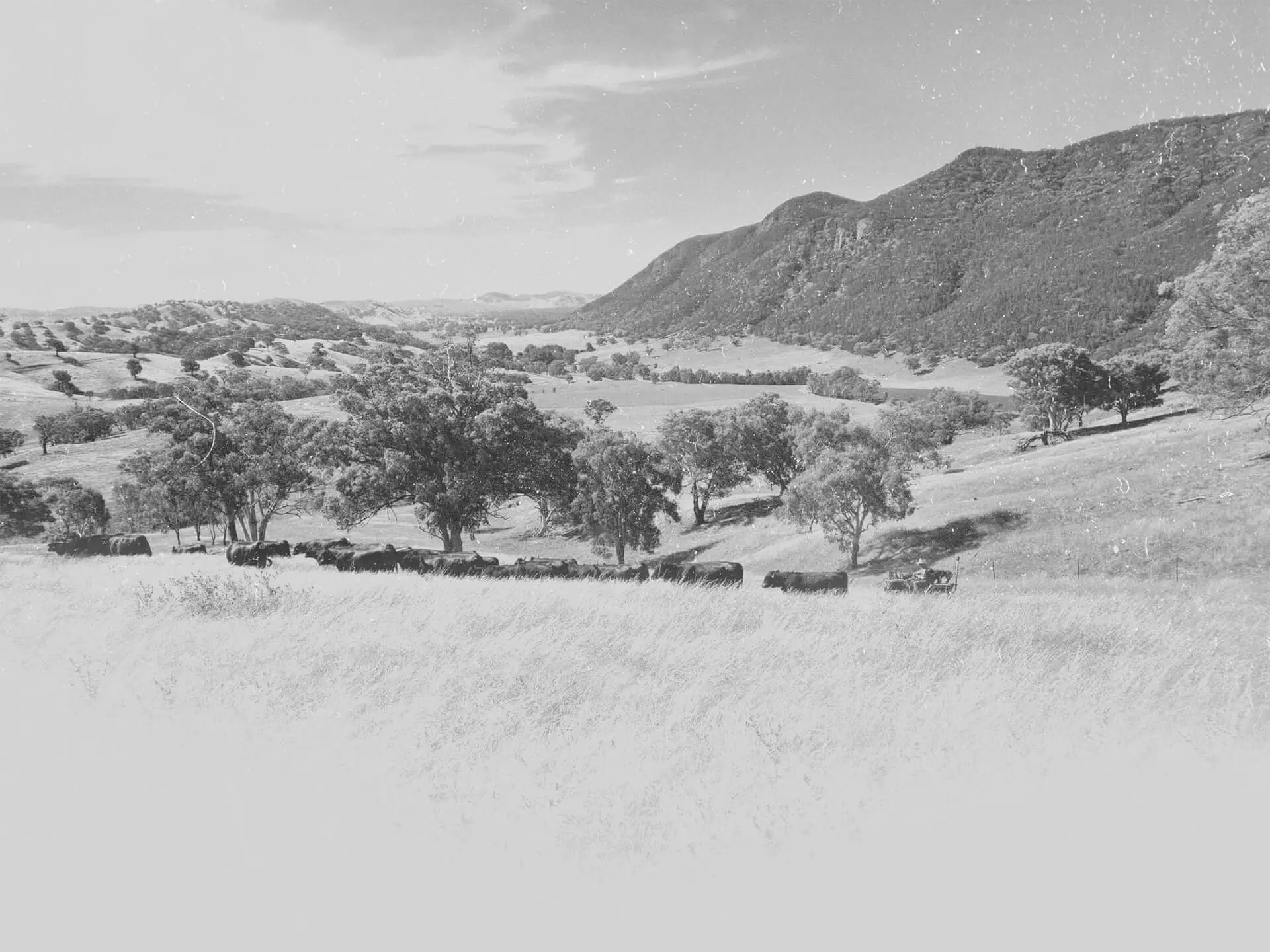Balancing the ration to achieve cost effective weight gain
Thursday 12th July 2018

Thursday 12th July 2018
As traditional grain and fodder supplies run critically low, alternative feed stuffs for cattle rations are now on the radar.
Victorian nutritionist Ian Sawyer, Feedworks, Romsey, outlined alternative supplementary feeding options for beef herds at the Reiland Angus seminar in Wagga on July 10.
“The big message is to remain focused on providing enough of the right type of dry matter intake to allow weaners to hit the critical 400kg mark on time,’’ Mr Sawyer said.
“At that point we can look forward to an ongoing strong price for those stock heading into finishing.
“That is likely $3/kg plus (where as lightweight animals will be at big discounts of almost $1/kg liveweight).’’
Mr Sawyer told beef producers an extra advantage of getting feeding situations right was not to bulldoze the land and emerge with some ability to regrow pasture.
“During intensive feeding situations, we look to meet goals in a safe manner, and what we call effective fibre is important in this,’’ he said.
“So, we need to use fodder judiciously and look to alternative feed stuffs.
“Whole cotton seed is 23 per cent crude protein, 14 megajoules of energy per kilogram, and 50 per cent NDF (neutral detergent fibre).
“It is safe with not too much starch and sugar to upset the digestive system.
“It pretty much counts as effective fibre and with that nutrient profile can play a role in both weaner and cow diets well.
“Cotton seed has been getting into the Riverina for about $330 a tonne. Supplies are tightening though.
“Straw remains our friend if we are able to source it, especially if we are feeding weaners heavily on grain or pellets, a bit less so if feeding whole cotton seed and almond hulls plus grazing.’’
Mr Sawyer said grape marc was available in a dry pelleted for form for cattle rations and had been delivered in the Riverina for about $260 a tonne.
“It may be especially useful in feeding cows where the goal is simply to hold a pre-existing (acceptable) body weight,’’ he said.
“It is full of tannins binding up protein so treat it as if it is 9-10 per cent crude protein.
“Almond hulls are difficult to source but are five per cent crude protein and 9.5 MJ/Kg.
“In a ground form, they also count as effective fibre, and may be useful in cow diets.’’
Mr Sawyer formulated a ration for steer weaners, weighing 250kg liveweight, with a focus on fast growth, best feed conversion, lowest cost per kilogram of gain and nutrient density feed.
The scenario was finishing the weaners to 400kg on early spring pasture for an October turn-off.
According to the feed budget calculator, a daily ration comprising 5kg DM/ha of pasture, 1kg of cereal hay ($350/tonne) and 2kg of pellets ($480/tonne) would give an average daily gain of 1.14kg, at a daily cost of $1.31 cost per head, and a cost per kilogram of gain of $1.15.
The ration is 11 MJ/kg and 19 per cent crude protein.
Mr Sawyer advised an allowance of $30/tonne to cover ration mixing costs and valued grazed pasture at 10c/kg.
He said weaners required crude protein levels of 16-18 per cent in their total diet plus 11 MJ/kg to grow frame.
Agronomist Mark Lucas, of Gundagai, said eastern Riverina pastures would hit 24 per cent crude protein by the last week of August.
He said producers needed to be mindful of the pasture protein levels when designing rations.